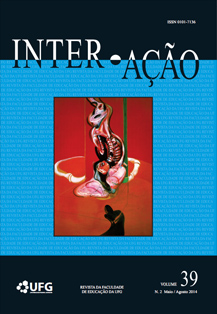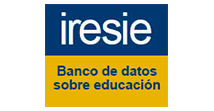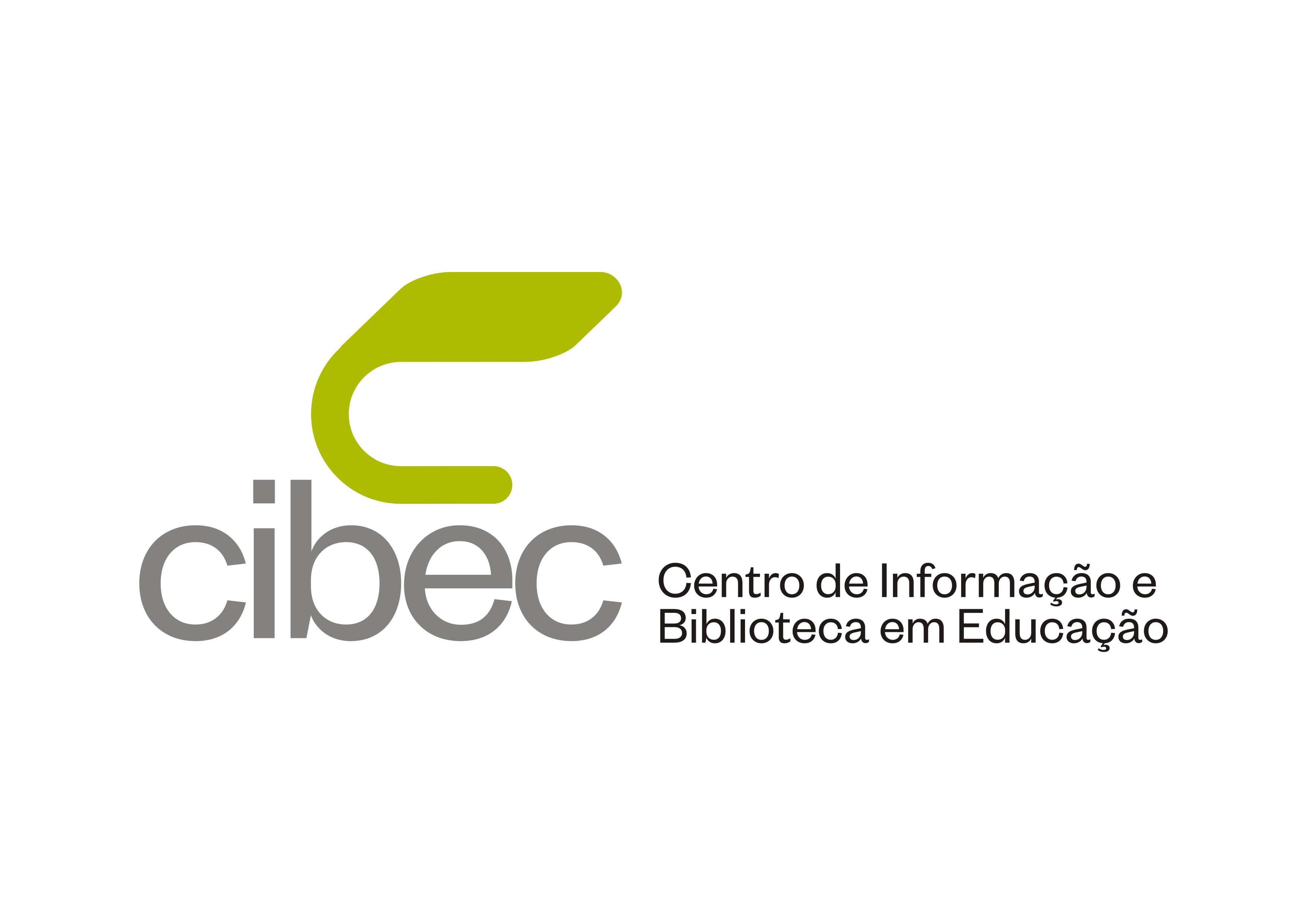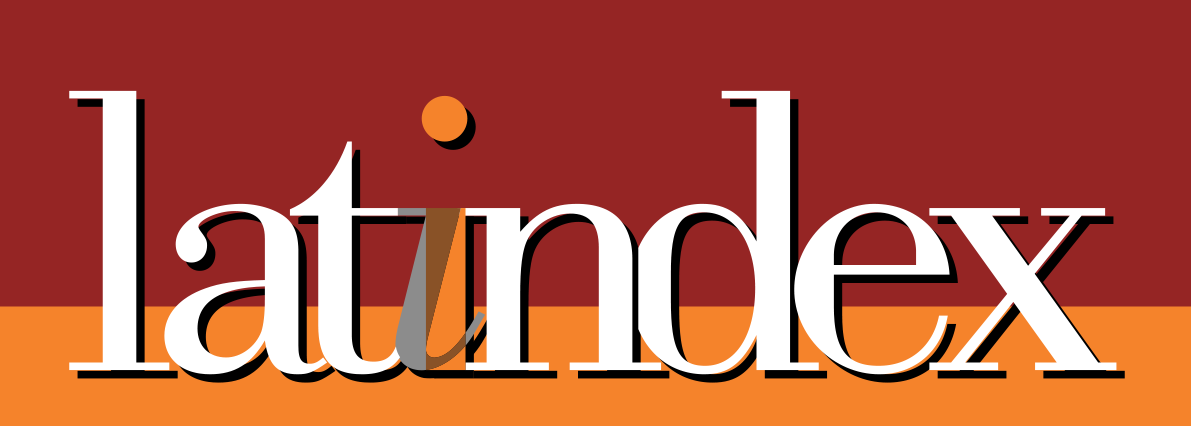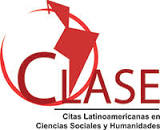ADORNO E OS TIPOS DE COMPORTAMENTO MUSICAL: ATUALIDADE E LIMITES DE UMA CATEGORIZAÇÃO
DOI:
https://doi.org/10.5216/ia.v39i2.31709Keywords:
Comportamentos musicais, Teoria crítica, Sociologia da músicaAbstract
O presente artigo busca promover uma reflexão acerca da atualidade da classificação dos comportamentos musicais, realizada por T. W. Adorno, na década de sessenta do século passado. Em seu ensaio original, o filósofo aponta oito tipos de ouvintes: o especialista, o bom ouvinte, o consumidor cultural, o ouvinte emocional, o ouvinte do ressentimento, o ouvinte de jazz, o ouvinte do entretenimento e o indiferente. Ao fazer essa categorização, Adorno utiliza tanto elementos propriamente musicais, quanto fundamentos sociológicos e psicológicos. Uma vez que intensa modificação nos padrões de escuta se deu a partir da crescente revolução tecnológica, poder-se-ia supor que esta categorização se apresentasse inválida. No entanto, concluímos que boa parte de sua análise permanece atual e relevante, pois são pontuais os possíveis anacronismos. O que ressalta aos olhos é que os processos de regressão da audição e de coisificação da música pela indústria cultural permanecem ativos e devastadores.
Downloads
Downloads
Published
How to Cite
Issue
Section
License
Inter-Ação uses the Creative Commons Attribution 4.0 License for Open Access Journals (Open Archives Initiative - OAI) as the basis for the transfer of rights. Open access means making documents available on the Internet free of charge, so that users can read, download, copy, distribute, print, search, or link to the full text of documents, process them for indexing, use them as input data for software programs, or use them for any other lawful purpose, without financial, legal, or technical barriers.
Authors publishing in this journal agree to the following conditions:
1) Authors retain copyright and grant the journal the right of first publication, with the work simultaneously licensed under the Creative Commons Attribution License, which permits redistribution of the work with attribution and first publication in this journal.
2) Authors are permitted to enter into additional, separate agreements for non-exclusive distribution of the version of the work published in this journal (e.g., for publication in an institutional repository or as a book chapter), with attribution and first publication in this journal.
3) Authors are permitted and encouraged to publish and distribute their work online (e.g. in institutional repositories or on their home page) at any time before or during the editorial process, as this may generate productive changes as well as increase the impact and citation of the published work.

